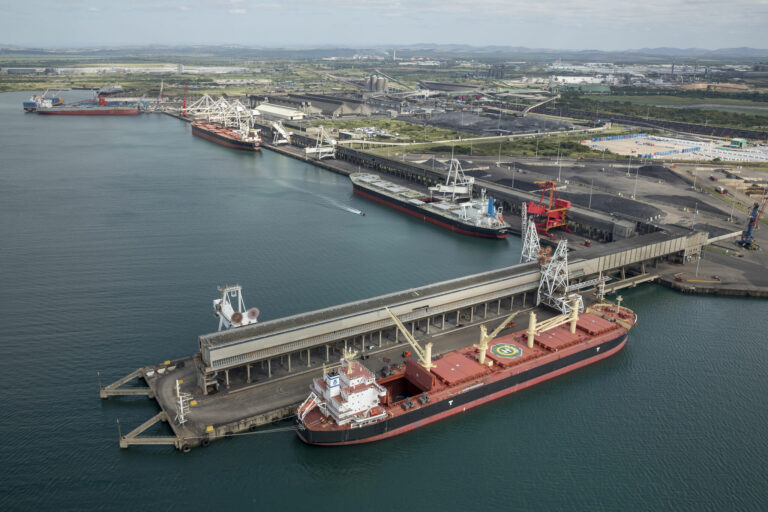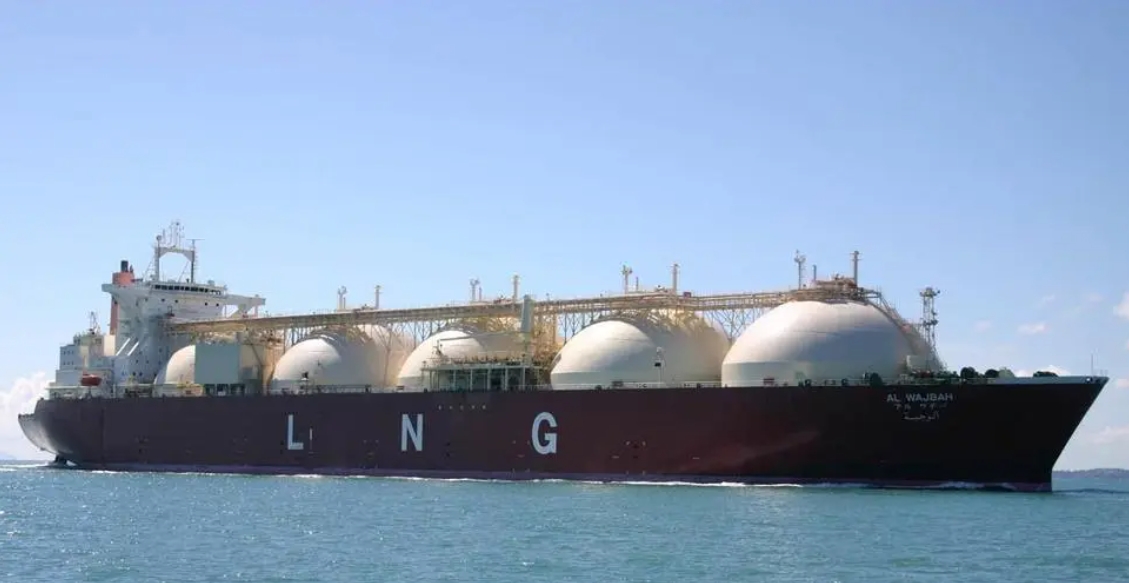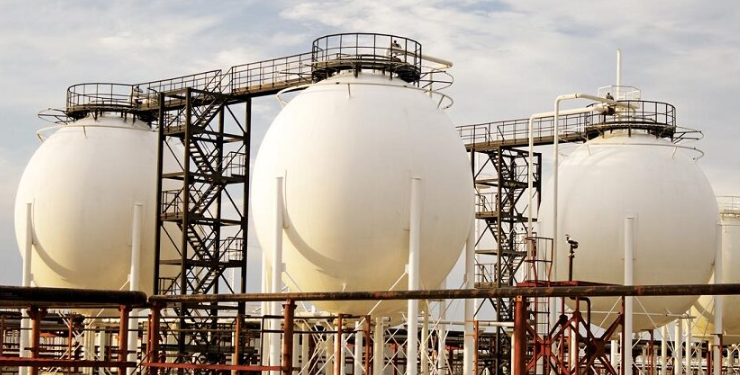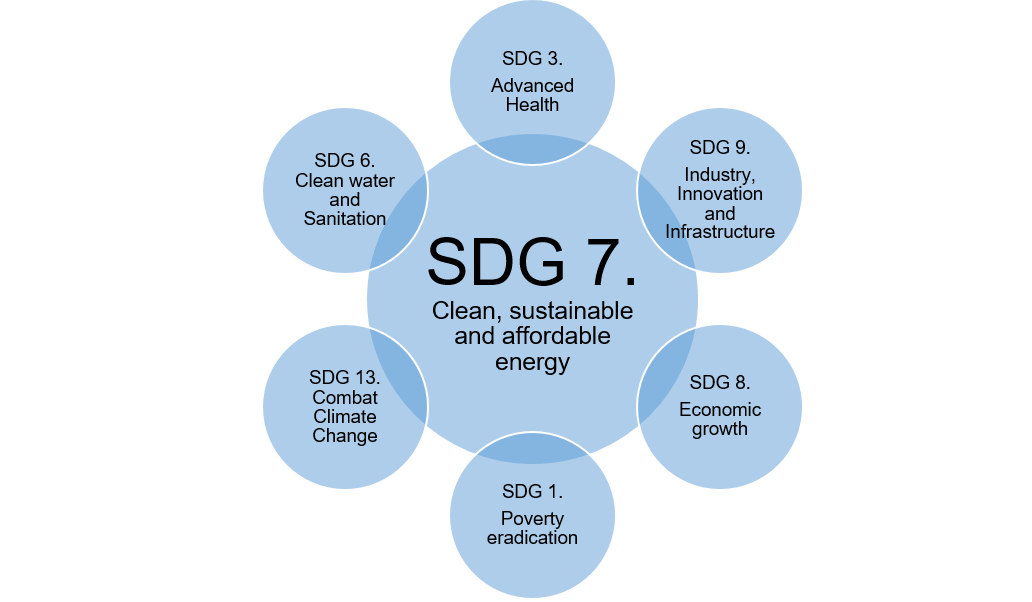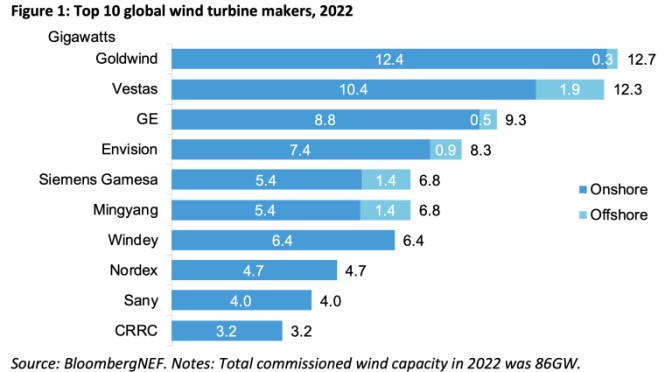
Global commissioning of wind turbines fell 15% to 86GW in 2022, as supply chain constraints and uncertainty around subsidies hit project development.
Wind capacity additions fell by 15% in 2022, following two years of record build, according to a new report by research company BloombergNEF (BNEF).
BNEF’s 2022 Global Wind Turbine Market Shares report finds that developers brought online 86 gigawatts (GW) of wind turbines globally in 2022, after growth in installations stalled in the world’s two largest markets, China and the US. The majority of new wind farms were added on land (89%), as commissioning of new offshore turbines fell to 9.1 gigawatts – down 46% compared with 2021.
Goldwind edged out Vestas to the top spot in the global wind turbine supplier ranking, the first time a Chinese manufacturer has held the position. The company supplied 12.7GW of projects last year, almost 90% of which were for its home market. Denmark-based Vestas commissioned 12.3GW overall in 2022, 3GW ahead of its US-based rival GE, which was in third place. This meant that the top three spots were filled by companies from China, Europe and the US, respectively. Envision – another manufacturer based in China – finished fourth and Siemens Gamesa and Mingyang tied in fifth place. The figures draw on BNEF’s global database of wind projects and extensive information from the industry.
Offshore wind installations fell steeply in 2022, the year after China’s national feed-in premium for projects at sea expired. The drop was partly offset by strong activity in the UK, that commissioned over 3GW of offshore wind for the first time. European turbine makers seized the opportunity, as Vestas secured first place in the offshore wind ranking ahead of Chinese manufacturer Shanghai Electric, while Mingyang took third place.
“We expect the drop in offshore wind to be short-lived,” said Oliver Metcalfe, head of wind research at BloombergNEF. “Germany and the Netherlands will install major projects again in 2023, while the industry will also ramp up in newer markets like France and Taiwan.”
BNEF identified 49 gigawatts of new wind capacity added in China last year, meaning the country accounted for more than half of global wind additions. Six turbine manufacturers based in China made the top 10 in BNEF’s global ranking. While still the second largest market for new wind build, US additions fell by over 4 gigawatts in 2022.
“Uncertainty around extensions to tax incentives for wind projects has stunted the US wind industry for two years,” said Metcalfe. “That changed with the passing of the Inflation Reduction Act last year. We think the incentives in the IRA will help drive a cumulative 135GW of new wind capacity from now until 2030, proving the crucial role governments can and must play as they aim for net zero emissions.”


